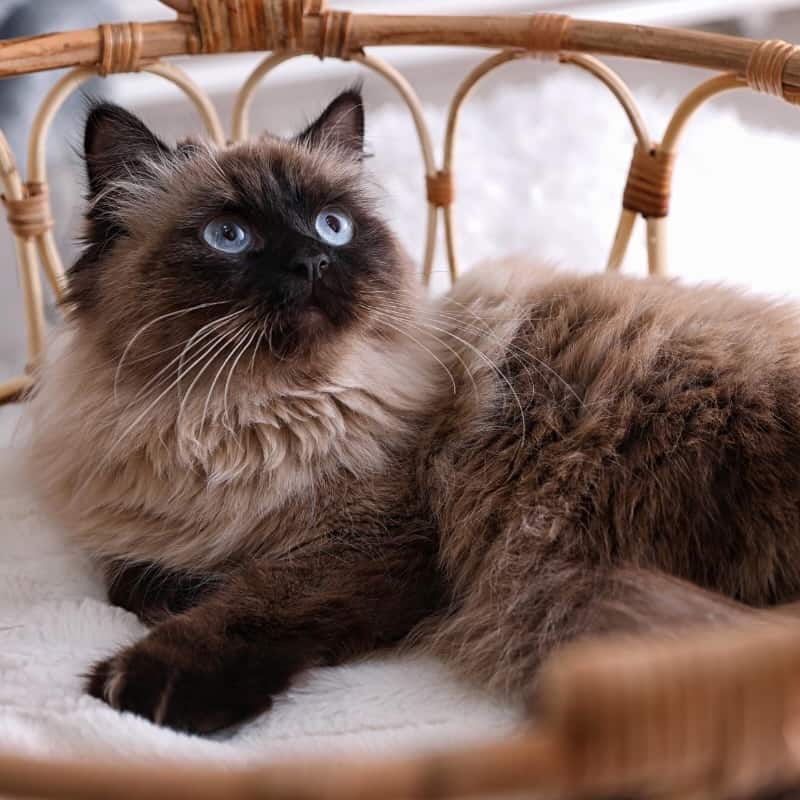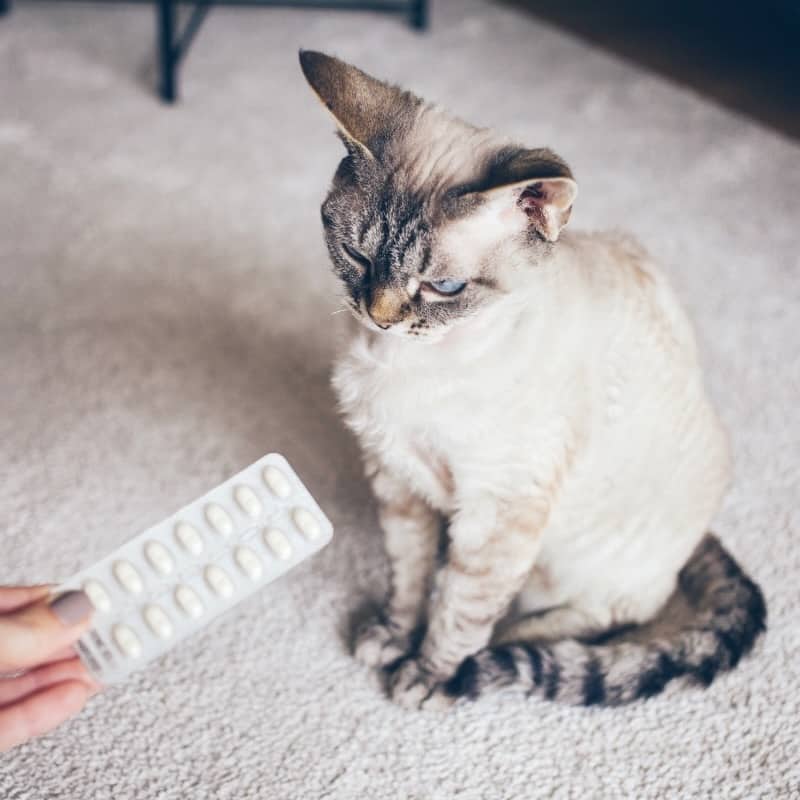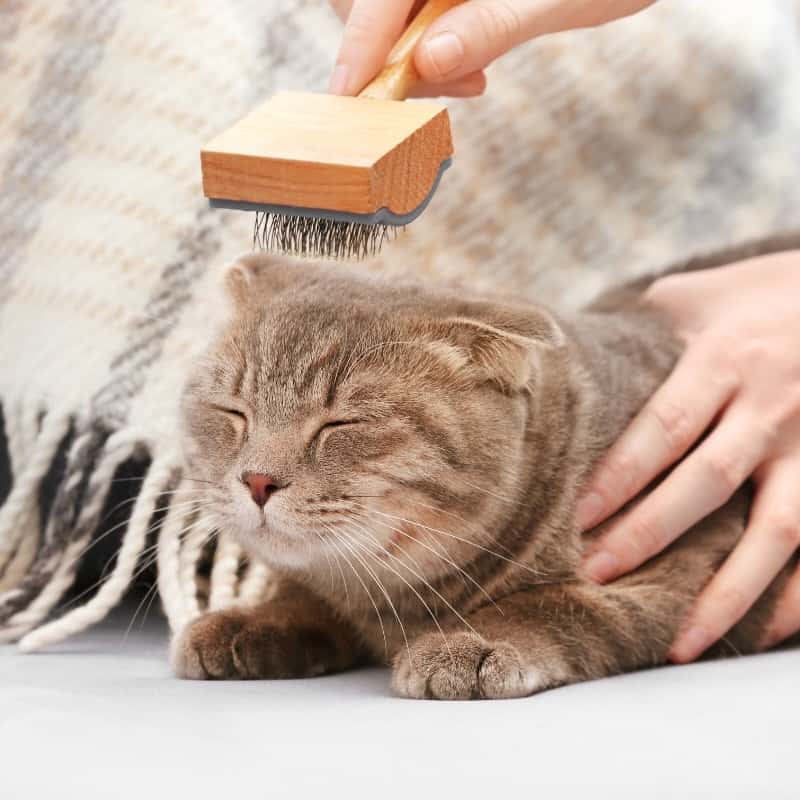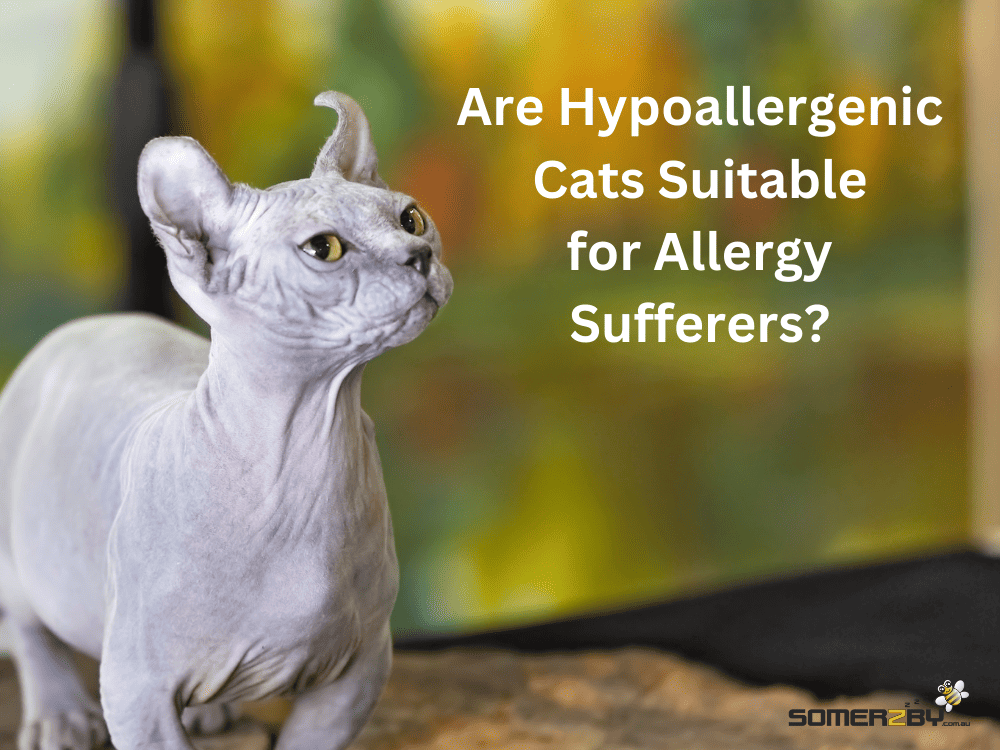Cats, Info Guides
Are Hypoallergenic Cats Suitable for an Allergy Sufferer?
If you’re looking to add a feline friend to your home but worry about allergies, our blog on hypoallergenic cats is just for you. You’ll learn why some cats are considered hypoallergenic, factors contributing to allergens, and which breeds are best.
Additionally, we offer practical advice on caring for hypoallergenic cats and and how to pick the right one for your lifestyle. So, let’s get started on making pet ownership dreams come true for allergy sufferers.
Understanding Hypoallergenic Cats
The term ‘hypoallergenic’ often leads to the misconception that certain cats won’t trigger allergies at all. However, it’s more accurate to say these breeds are less likely to cause allergic reactions.
The main culprit behind cat allergies is a protein called Fel d 1, found in cat saliva and skin. Different breeds produce varying amounts of this allergen, making some more suitable for allergy sufferers than others.
It’s not just about the breed though; factors like grooming habits and even your home environment play a role. If you’re considering adding a furry member to your family but dread the sneezes and sniffles, don’t lose hope.
Understanding what hypoallergenic really means can help you find a compatible companion who brings joy without discomfort.
Factors Contributing to Allergen Levels in Cats
Different factors impact the allergen levels produced by cats. Understanding these can help potential pet owners make informed decisions.
Breed
While no cat breed is completely hypoallergenic, some breeds produce fewer allergens than others.
For instance, Siberian and Balinese cats are known for their lower Fel d 1 protein levels. This makes them more suitable choices for individuals with mild allergies.
Environmental Factors
The environment where a cat lives can affect its production of allergens as well. Higher humidity levels can lead to increased production of the Fel d 1 protein.
Maintaining clean living spaces and using air purifiers may lessen airborne allergens significantly.
Grooming habits also influence allergen levels. Regular grooming helps reduce the amount of loose fur and dander which spread allergens around the home.

Top Hypoallergenic Cat Breeds
If you’re looking for a furry friend but dread the thought of sneezing and itchy eyes, hypoallergenic cat breeds might be your answer.
These cats produce fewer allergens than others, making them a better fit for allergy sufferers:
Exploring these breeds can open up new possibilities for enjoying pet ownership without the discomfort of allergies.
Caring for Hypoallergenic Cats
Even if you have a hypoallergenic cat, you still need to take steps to minimise allergens in your home. Regular grooming is crucial. Brushing your cat not only reduces loose fur but also manages dander levels, a common allergen source.
Home cleanliness plays a big part as well. Using HEPA filters in vacuum cleaners and air purifiers can capture pet dander effectively. Additionally, washing bedding and blankets in hot water weekly will help remove accumulated fur and dander.
Finally, creating an allergy-friendly zone in the house where your cat doesn’t go can offer relief when symptoms flare up. This space provides a haven free from potential allergens caused by your pet.

How to Choose the Right Hypoallergenic Cat for You
Finding a hypoallergenic cat that matches your lifestyle involves understanding their temperament, activity level, and maintenance needs. Each breed offers unique characteristics; some may be more playful and energetic while others might prefer a quiet lap.
Consider the Balinese cat, known not only for its lower allergen levels but also for being highly affectionate and good with families. On the other hand, the Sphynx’s lack of fur reduces allergens trapped in hair but requires regular skin care to prevent oil buildup.
Your living situation plays a crucial role as well. Larger breeds like Siberians need space to roam, whereas smaller breeds such as Devon Rex can thrive even in compact apartments. Matching your lifestyle with these considerations will help ensure both you and your new feline friend are happy.
Treatment for Cat Allergies
Loving cats when you’re allergic can feel like a cruel twist of fate. But, there’s hope with both medical solutions and lifestyle changes that can let you enjoy life with your feline friends.
Medical Solutions
Allergy shots, known as immunotherapy, have shown promise in reducing sensitivity to allergens over time.
They involve regular injections containing tiny amounts of the allergen. This treatment aims to train your immune system not to overreact. Antihistamines and corticosteroids are also common go-tos for immediate relief from symptoms.
Air Purification
Beyond medication, air purifiers have become an ally in homes with pets. By filtering out pet dander along with other allergens from the environment, these devices help create cleaner indoor air quality.

Toni’s Wrap
If you’re yearning for a feline companion but allergy concerns have held you back, our comprehensive guide on hypoallergenic cats is your key to pet ownership without the sniffles.
In this blog, we delved into the intricacies of allergen factors, discovered top hypoallergenic breeds, and explored practical care tips.
Let your journey to a sneeze-free, joy-filled life with your new feline friend begin!
If you want your cat to live outdoors safely, to minimise allergens in your home, check out Somerzby‘s range of high quality outdoor cat enclosures.




